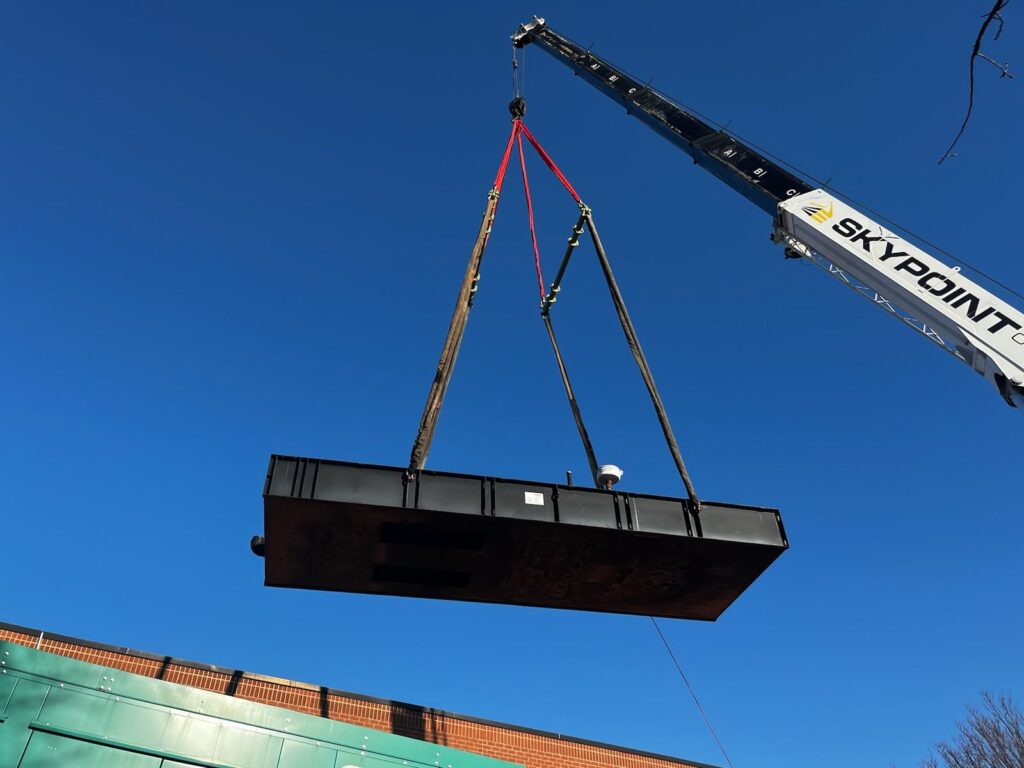What is rigging?
Rigging is an essential aspect of many industries, including construction, entertainment, and maritime. It involves the process of lifting, moving, and securing heavy objects or equipment using ropes, chains, slings, or other specialized tools. Rigging requires a deep understanding of physics, engineering principles, and safety protocols to ensure that the load is properly balanced and secured. A skilled rigger must consider factors such as weight distribution, center of gravity, and the type of equipment needed for each specific task. Rigging is not just about brute force; it requires precision, expertise, and attention to detail to ensure the safety of both the workers and the load being lifted.

Importance of rigging services
Rigging services play a vital role in various industries, from construction to entertainment. The importance of rigging services cannot be overstated, as they ensure the safe and efficient movement of heavy objects and equipment. Rigging professionals are trained to assess the weight and dimensions of the load, determine the appropriate rigging techniques, and select the right equipment for the job. They understand the physics involved in lifting and securing loads, as well as the potential risks and hazards. With their expertise, rigging services help minimize accidents, prevent damage to property, and ensure that projects are completed on time and within budget.
Different types of rigging services
Different types of rigging services are essential in various industries, including construction, entertainment, and manufacturing. Crane rigging is one of the most common types, involving the use of cranes to lift and move heavy objects. This requires expertise in selecting the appropriate rigging equipment, calculating load capacities, and ensuring proper rigging techniques to ensure safety and efficiency. Additionally, there are specialized rigging services such as theatrical rigging, which involves suspending equipment and props in stage productions. Understanding the different types of rigging services and their specific requirements is crucial for ensuring successful and safe operations in these industries.
Common equipment used in rigging
Understanding the basics of rigging services requires knowledge of the common equipment used in the process. One such equipment is the crane, which is essential for lifting and moving heavy loads. Cranes come in various types, including mobile cranes, tower cranes, and overhead cranes, each designed for specific lifting requirements. Another commonly used rigging equipment is the sling, which is used to secure and support the load during lifting. Slings can be made of various materials, such as wire rope, chain, or synthetic fibers, depending on the weight and nature of the load. Additionally, rigging services often involve the use of shackles, hooks, and rigging hardware, which are all crucial for ensuring the safety and stability of the load. By understanding the purpose and functionality of these common rigging equipment, one can effectively plan and execute rigging operations with expertise and precision.
Safety measures in rigging services
Safety measures in rigging services are of utmost importance to ensure the well-being of workers and the successful completion of projects. Rigging involves the use of ropes, chains, and other equipment to lift and move heavy loads, posing significant risks if not handled properly. Safety measures such as regular equipment inspections, proper training for workers, and the use of appropriate personal protective equipment (PPE) help minimize the potential for accidents and injuries. Additionally, following established safety protocols and adhering to industry regulations further enhance the overall safety of rigging operations. By prioritizing safety measures, rigging service providers can create a secure working environment and deliver efficient and reliable services to their clients.
How to choose a reliable rigging service provider
Choosing a reliable rigging service provider is essential to ensure the success and safety of your project. When selecting a provider, it is crucial to consider their experience and expertise in the industry. Look for a company that has a proven track record of delivering high-quality rigging services and has worked on similar projects in the past. Additionally, consider their equipment and technology capabilities, as well as their commitment to safety standards and regulations. A reliable rigging service provider will have a team of skilled professionals who are trained in the latest rigging techniques and can handle the complexities of your project with efficiency and precision. By choosing the right provider, you can have peace of mind knowing that your rigging needs will be met with the utmost professionalism and expertise.
The process of rigging
Rigging is a fundamental aspect of many industries, including construction, entertainment, and maritime. It involves the process of lifting, moving, and securing heavy objects or equipment using ropes, chains, and various mechanical devices. The process of rigging requires careful planning, precise calculations, and skilled execution to ensure the safety of both workers and the materials being lifted. In addition to the physical aspects, rigging also involves understanding load capacities, weight distribution, and the use of proper rigging techniques. By understanding the basics of rigging services, one can effectively manage and execute complex lifting operations, minimizing the risk of accidents and maximizing efficiency.
Benefits of outsourcing rigging services
Outsourcing rigging services can offer numerous benefits to businesses in need of specialized expertise and equipment. By partnering with a professional rigging company, companies can access a wide range of resources and knowledge that may not be available in-house. These experts have extensive experience in handling complex rigging projects, ensuring that all safety regulations and industry standards are met. Additionally, outsourcing rigging services can save time and money by eliminating the need for companies to invest in expensive equipment and training. With the help of a reliable rigging service provider, businesses can streamline their operations, increase efficiency, and focus on their core competencies.
Cost considerations in rigging services
When it comes to rigging services, cost considerations play a significant role in the decision-making process. Many factors can affect the cost of rigging services, including the complexity of the project, the equipment needed, and the skill level of the riggers. It’s important to understand that while cost is a crucial aspect, it should not be the sole determining factor. Hiring experienced rigging professionals who prioritize safety and efficiency can ultimately save you money in the long run by avoiding costly accidents or delays. Additionally, investing in high-quality equipment and adhering to industry standards can ensure a successful and cost-effective rigging operation.
Summary and conclusion
In conclusion, understanding the basics of rigging services is essential for any construction or heavy lifting project. Rigging involves the use of ropes, cables, and other equipment to safely lift and move heavy objects. It is crucial to have a thorough understanding of the load capacity, rigging techniques, and safety protocols to ensure the success and safety of the project. By partnering with experienced rigging professionals, you can ensure that your project is executed efficiently and without any accidents or damage. Remember, proper planning, communication, and adherence to industry standards are key to a successful rigging operation.
Contact Sky Point Crane for any of your rigging questions, crane rental, or lift planning needs.
724-605-4715
info@skypointcrane.com

